A visibly nervous man is stopped at a border crossing in eastern Europe. Authorities find a glass tube filled with black powder inside a heavy lead container in his trunk. Geiger counters go crazy. The powder is radioactive.
North Korea conducts a nuclear test and within hours U.S. “sniffer” planes scramble to gather air samples off the secretive country’s coast.
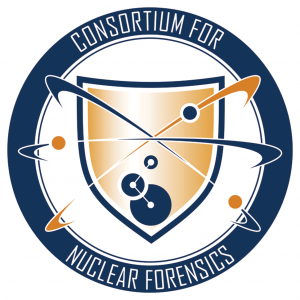
Three men are arrested in Germany as they disembark a flight from Moscow. They are carrying more than a pound of radioactive material they hoped to sell, including plutonium.
The International Atomic Energy Agency, the United Nations’ nuclear watchdog, recently reported 344 cases of trafficking or “malicious use” of nuclear and other radioactive material since 1993, and while that number might seem small, the consequences of even one of those cases proceeding to its logical conclusion are so grave that the U.S. government and its counterparts around the globe invest billions to keep nuclear material out of the hands of bad actors.
Since the dawn of the atomic age, but especially since the collapse of the Soviet Union in the early 1990s, the field of nuclear forensics has emerged as essential to tracking the movement of rogue nuclear material around the globe and to providing law enforcement with the proof it needs to prosecute the perpetrators.
Now, the Consortium for Nuclear Forensics, a University of Florida-led team of 32 scientists and engineers at 16 universities, has been awarded a five-year, $26.4 million grant from the U.S. Department of Energy’s National Nuclear Security Agency, or NNSA, to develop new nuclear forensic technologies and to train the next generation of nuclear sleuths to use them.
Jim Baciak, the project leader and a professor in UF’s Nuclear Engineering Program, says new or improved scientific techniques developed in university labs will be employed in the DOE’s seven national laboratories around the country to test suspected nuclear materials for the FBI, the CIA, the Department of Homeland Security, the Air Force, and other law enforcement agencies.
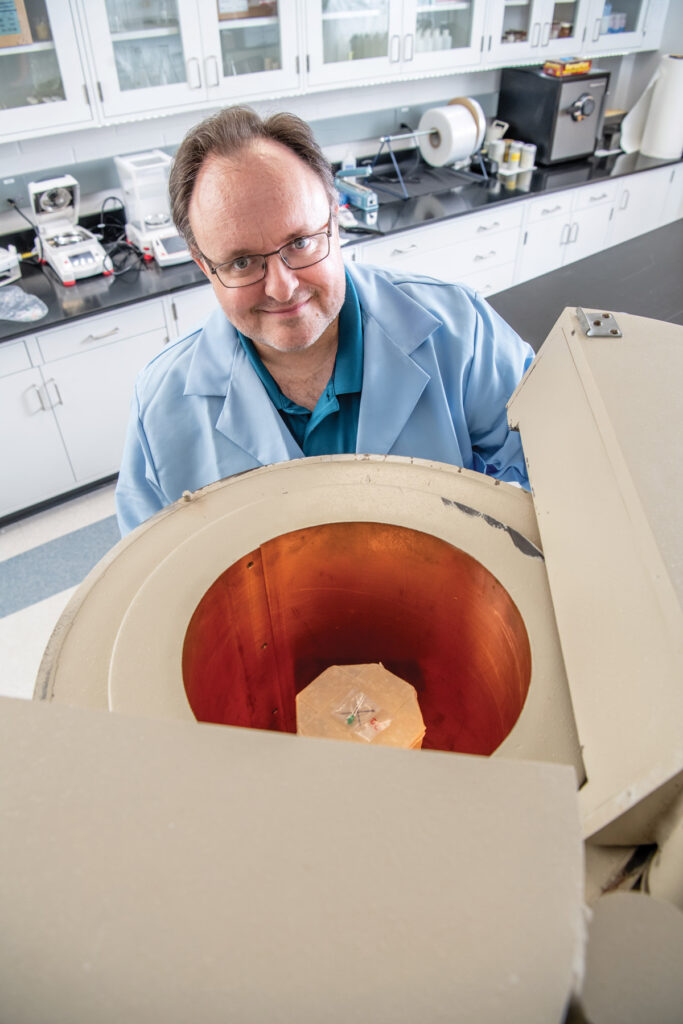
Baciak says the team’s technical diversity — with expertise in analytical chemistry, radiochemistry, environmental sciences, geochemistry, nuclear engineering, physics, statistical analyses, machine learning and optical sciences — allows it to attack problems from many angles.
“Our team represents a diverse range of backgrounds, while also working in a highly collaborative environment that will lead to a number of new discoveries, insights and technologies that will support technical nuclear forensics for generations to come,” he says.
Kyle C. Hartig, an assistant professor in the Nuclear Engineering Program, adds that UF is uniquely equipped to lead this nuclear forensics effort, partly because its nuclear program is located within the Department of Materials Science and Engineering, unlike most nuclear engineering programs, which are either free-standing or part of mechanical engineering departments.
“There are about 24 nuclear engineering programs around the country and we’re the only one of them in a materials science department,” Hartig says. “Nuclear forensics is trying to understand the production, movement and prominence of materials, so having natural tie-ins between nuclear engineering and materials science was pivotal to the success of this proposal.”
Camille Palmer, the consortium co-director and an associate professor at Oregon State University’s School of Nuclear Science & Engineering, adds: “The consortium’s expertise, proven track record and a strong commitment to collaboration have played pivotal roles in earning the trust of the NNSA. The proposal effectively outlined how the team would contribute to the NNSA’s mission, providing a clear roadmap for addressing the need to bolster capacity in nuclear forensics and to drive innovative, program-relevant research. Furthermore, UF’s response showcased a robust ability to manage and support large, collaborative projects.”
Next Generation
A primary goal of the project is to train more than 50 Ph.D.s in diverse disciplines over the next five years, helping to create the next generation of nuclear forensics scientists, engineers and analysts.
“The national laboratories have a lot of expertise that’s quickly moving toward retirement, so there are significant efforts underway to develop the next generation of scientific expertise that can be with those labs for years to come,” Baciak says. “We need to make sure we have the right people trained in the right new techniques and new science who can then go into these fields.”
Hartig adds that the national laboratories “are not just interested in a chemist or a material scientist, but a material scientist who knows how to work with radioactive materials or a chemist who knows how to use other equipment outside their specialty.
“There’s not one analysis that points the finger at where a sample came from, so these folks have to be able to talk to mass spectrometer operators, to nuclear engineers, to radiochemists, to microscopists to kind of get that Venn Diagram to overlap to get to whodunit.”
Another unique capability UF brings to the project is the ability to prepare and image radiologically-active nuclear fuels and materials in the lab, led by Associate Professor Assel Aitkaliyeva.
UF invested in state-of-the-art characterization capabilities for radioactive materials — a focused ion beam instrument and a transmission electron microscope — and built a secure lab for them where Aitkaliyeva and her colleagues and students can slice nanometer-thick samples of material and image them at the atomic level.
“We are the only university in the country that can currently characterize irradiated fuels in a focused ion beam instrument,” says Aitkaliyeva, who was recruited from Idaho National Lab in 2017 to establish this facility. “Universities typically do not handle irradiated fuels on campus.”
Aitkaliyeva says these tools are key to understanding how materials degrade and how they behave in a reactor environment.
In nuclear forensics, Aitkaliyeva says, microstructure plays an important role. So the thrust she leads will develop new capabilities and methodologies to discover diagnostic features on scales ranging from a nanometer to a micrometer to a centimeter.
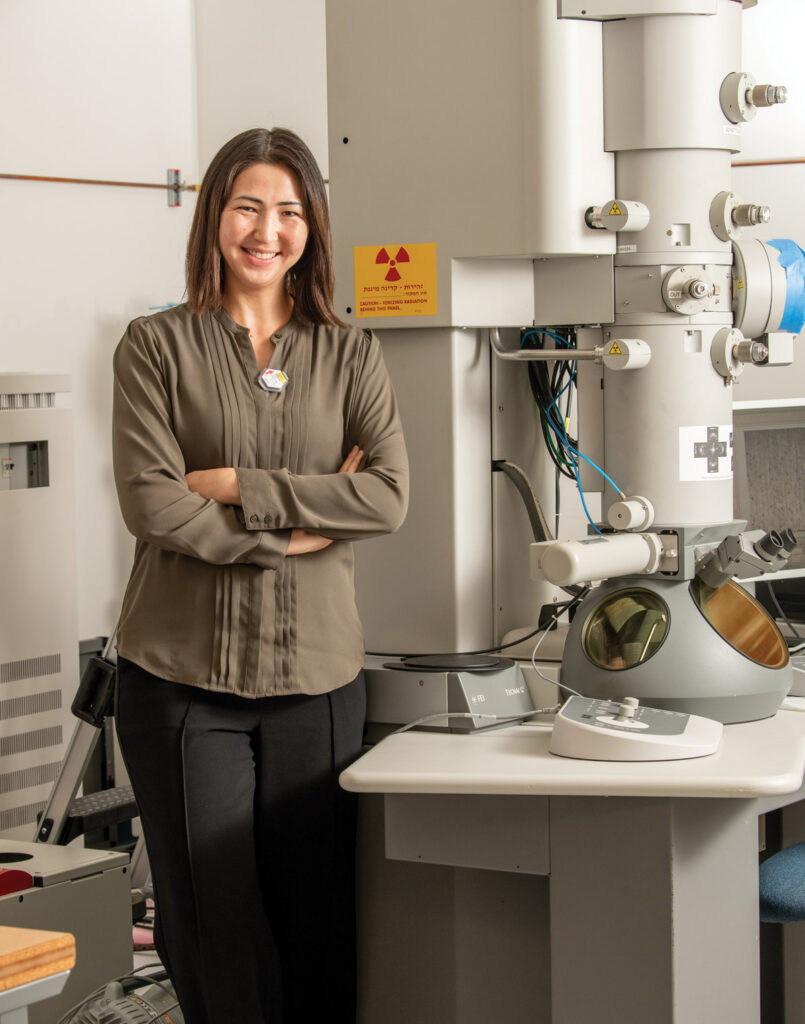
Each material carries a unique signature, based on how it was made and processed, she says. The team will use a combination of physical analysis and machine learning to extrapolate where a sample comes from based on that signature. This research could help reveal the production history of unknown nuclear material, and therefore narrow down the possible origins of the material, Aitkaliyeva says.
“Both UF and Oregon State have robust artificial intelligence/machine learning capabilities funded by NVIDIA,” she says. “We are developing a machine learning workflow that should accelerate analysis without human error.”
Baciak and Hartig add that UF’s computing and artificial intelligence capabilities are essential to the success of the consortium.
“Nuclear forensics involves the most complex elements and molecules,” Hartig says. “Anything else on the periodic table is simple compared to them, so modeling and understanding those elements and the molecules made up of those elements is challenging to begin with, and then to actually build the models, run the models, get good results, requires the most advanced technology.”
Access to UF’s powerful supercomputer, HiPerGator, will be especially important to some of the smaller institutions in the consortium, like the five minority-serving universities “who will be able to really see what their codes can do using those resources,” Hartig says.
“Also, having HiPerGator is going to enable us to host a lot of data generated from this consortium that will be available to other scientists and engineers outside of the consortium,” Baciak adds.
Boom!
Yet another focus of the research is on quickly determining what happened should a nuclear explosion occur.
Hartig says nuclear forensics isn’t about just interdicting materials, it’s also about being prepared to respond to nuclear events.
“Understanding the boom is obviously an essential part of nuclear forensics,” Baciak adds.
Should a large explosion occur, Hartig says policymakers need to know quickly if it was an asteroid, a suitcase bomb or a foreign adversary’s missile.
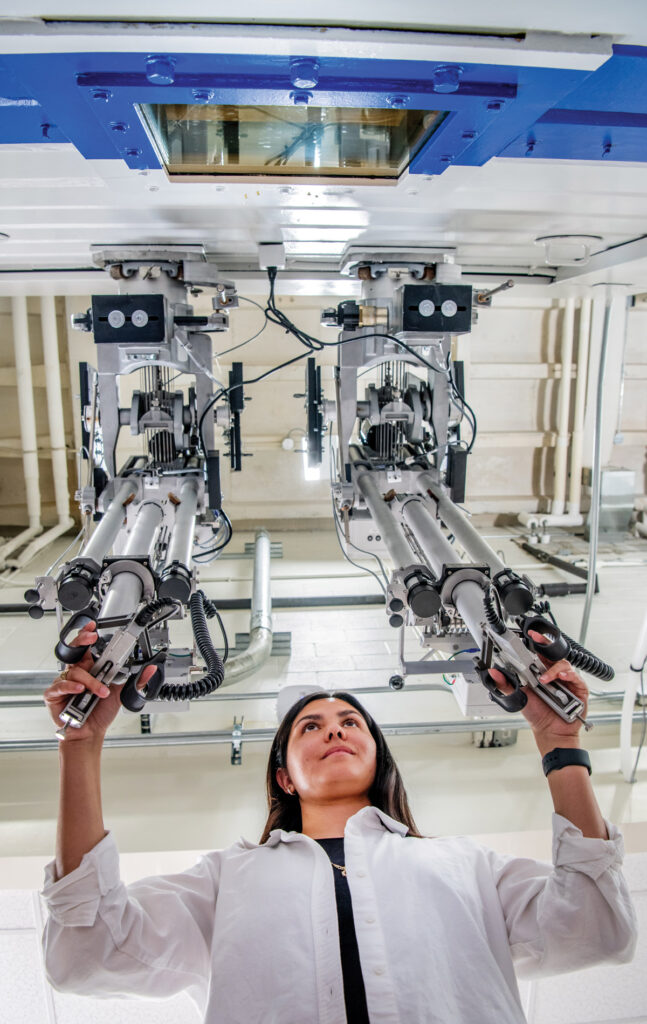
“Answers to those questions are invaluable to a president who has to decide within the first hour what we’re going to do,” Hartig says, adding that if someone detonates a nuclear device they need to know there will be consequences.
“One of the goals of nuclear forensics is to build confidence, so we can say to the bad guys, ‘Don’t do it. We’ll know you did it and it won’t be good for you at the end of the day.’”
Hartig says a lot of the early nuclear forensics data was gleaned from tests, but the United States ceased nuclear testing and significantly curtailed the production of new weapons in the early 1990s, so now researchers have to rely on laboratory processes and simulations to study post-detonation effects.
“We’re not detonating nuclear weapons. We’re not making new ones, and a lot of the expertise about forensics came out of all of that, so NNSA is funding large, laboratory-scale processes to simulate reprocessing. We don’t reprocess right now, but we need to make sure we have a workforce that, if a national need arises, can do this.”
Consortium member Vasileios Anagnostopoulos, an assistant professor of chemistry at the University of Central Florida, says the project is already creating new synergies between the State University System of Florida institutions.
“The consortium provides a platform for discussions among scientists of different backgrounds, such as chemists, engineers and laser scientists,” Anagnostopoulos says.“This interdisciplinary approach paves the way for future collaborations on a wide array of topics, which is very important given the geographic proximity of our institutions.”
Other UF faculty in the consortium are Juan Nino and Nathalie Wall from materials science and engineering, and Ryan Houim from mechanical and aerospace engineering.
Photos by John Jernigan
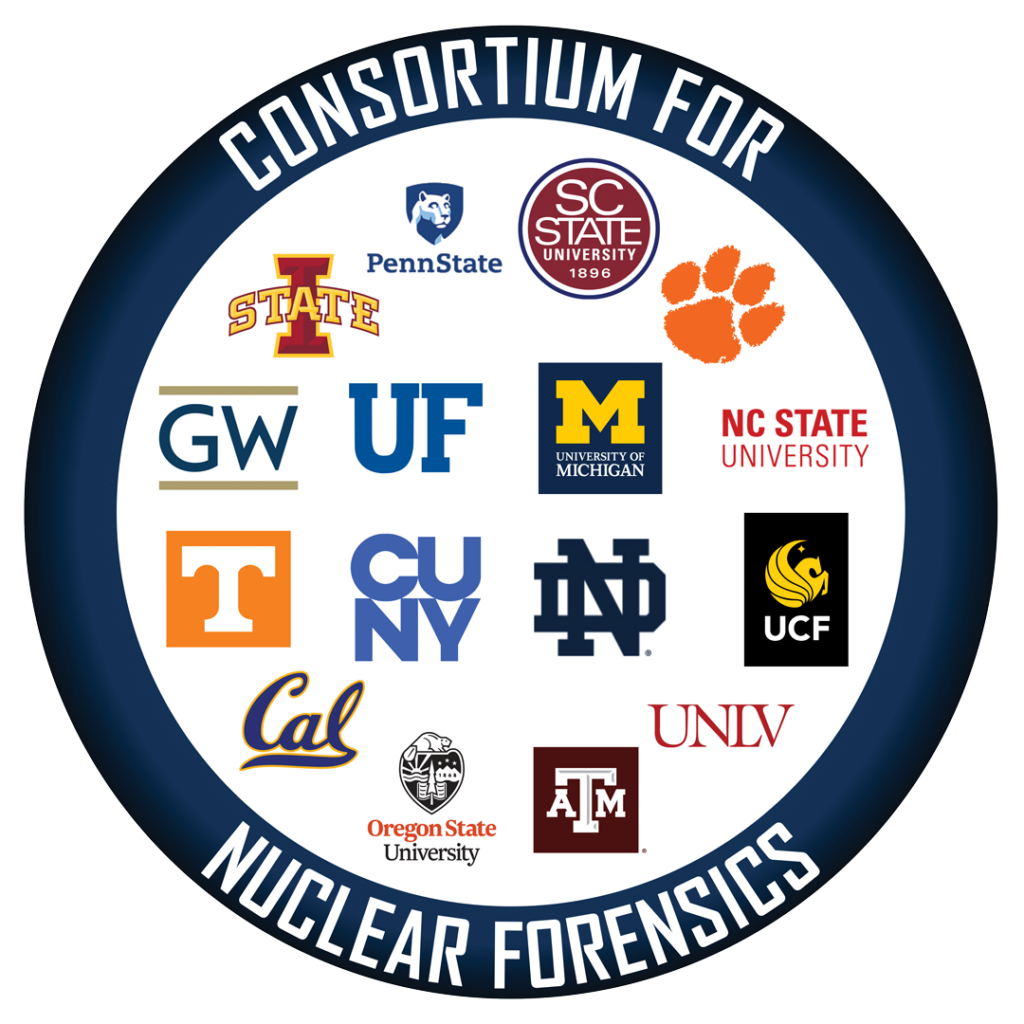 The consortium will collaborate on research with staff scientists and engineers from seven Department of Energy national laboratories — Lawrence Berkeley, Lawrence Livermore, Los Alamos, Oak Ridge, Pacific Northwest, Sandia, and Savannah River.
The consortium will collaborate on research with staff scientists and engineers from seven Department of Energy national laboratories — Lawrence Berkeley, Lawrence Livermore, Los Alamos, Oak Ridge, Pacific Northwest, Sandia, and Savannah River.
Other universities in the consortium include UC-Berkeley, University of Central Florida, City University of New York, Clemson, George Washington University, Iowa State, Michigan, UNLV, North Carolina State, Notre Dame, Oregon State, Penn State, South Carolina State, Tennessee and Texas A&M.
The researchers, their students and national laboratory collaborators are focusing on five technical areas:
- Rapid Turnaround Forensics is studying methods to shorten chemical analysis techniques to 24 hours or less.
- Advanced Analytical Methods is developing improved material characterization and microscopy techniques.
- Ultrasensitive Measurements is investigating methods in environmental sampling and instrumentation to look at low-level signals.
- Signature Discovery is determining if new signals and measurments can lead to improved accuracy in determining material quantities.
- Prompt Effects and Measurements is seeking to understand signals given off immediately following a nuclear detonation.
Story originally published on UF Explore
Joseph Kays
UF Explore

